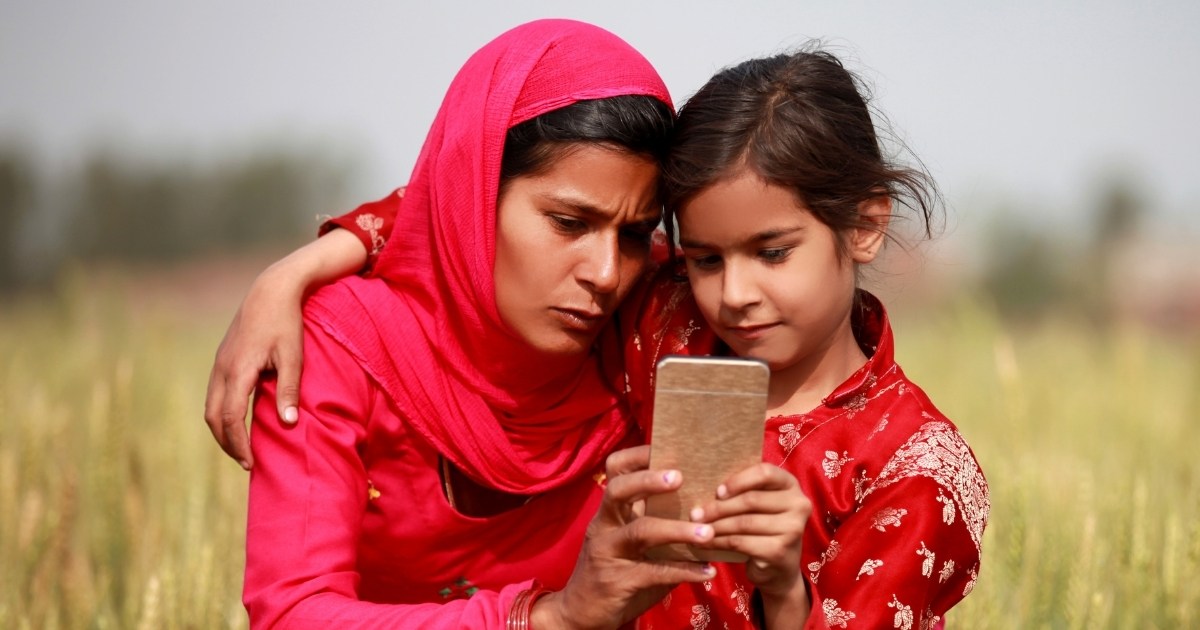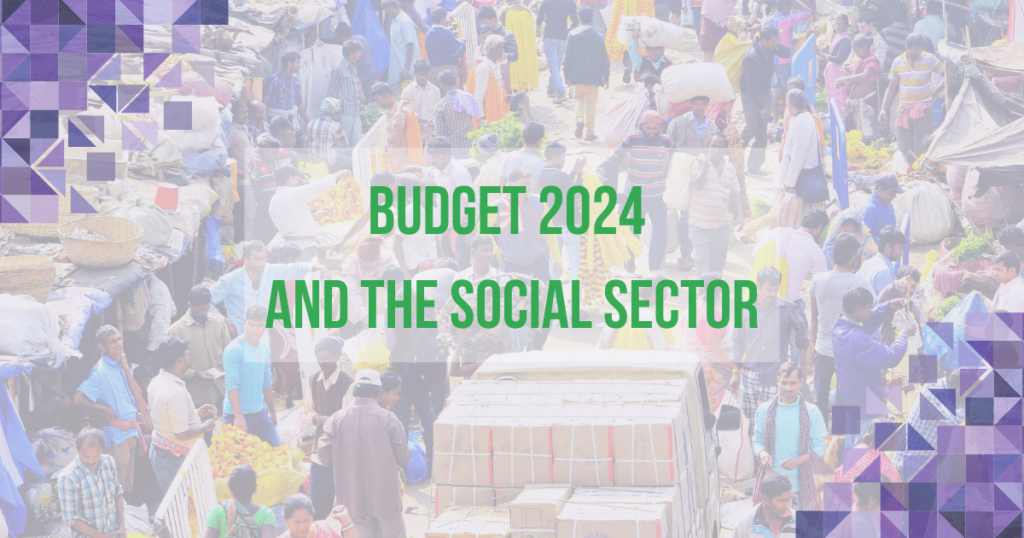India’s digital health market has a Compound Annual Growth Rate (CAGR) of nearly thirty per cent, with increasing investments globally and in India. Political tailwinds include Prime Minister Wi-Fi Access Network Interface(PM-WANI), Pradhan Mantri Gramin Digital Saksharta Abhiyan, Ayushman Bharat Digital Mission (ABDM) and others. The many challenges related to access, affordability, and quality can be bridged if technology is used effectively and equitably. However, the digital divide resulting from various socioeconomic determinants prevents the underserved from accessing the benefits of digital health.
Most digital health solutions do not cater to the digitally inactive underserved population.
Analysis of over forty digital health solutions revealed that most solutions are inequitable for customers, because of language barriers, high costs, the prerequisite of a high digital literacy level and smartphone dependency. Similarly, B2B digital health solutions that catered to healthcare providers were inequitable due to high costs, language barriers and internet requirements.
Philanthropy can help bridge this gap by addressing levers around navigating the policy and regulatory ecosystem, strengthening infrastructure, and creating structured channels for testing and incentivising adoption.
Philanthropy can help solution developers navigate the complex regulatory ecosystem by providing technical expertise and supporting incubators by helping startups identify areas of convergence with the healthcare delivery system. It can also enable greater uptake of digital health solutions by strengthening digital infrastructure at the primary healthcare level, funding low-resource technology solutions for the underserved population, and augmenting efforts by the Government of India aimed at higher ABDM penetration. Furthermore, philanthropic interventions are needed to create a structured environment with active ecosystem stakeholder engagement to enable solution developers to effectively test their solutions and increase adoption amongst users. This can be done through stakeholder value and successful use case demonstration, capability building of healthcare providers, and acquainting citizens with the latest digital health schemes and policies, thus equipping them with the ability to leverage digital health solutions to their full capacity.
Author: Granthika Chatterjee
Data analysis: Arnab Mukherjee, Pragati Keswani, Anshika Singh and Suraksha Jain
Technical review: Lakshmi Sethuraman




